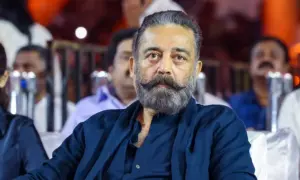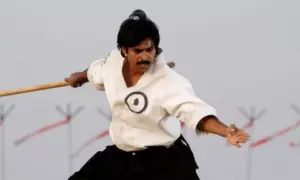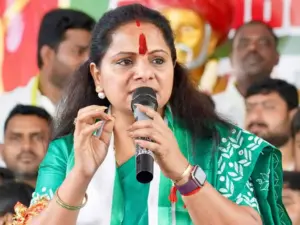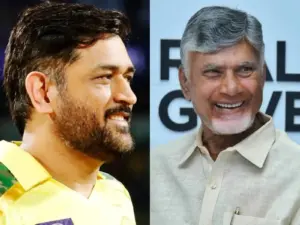Fifty-five journalists have been killed across the world so far this year. In purely statistical terms, it signifies an improvement. It is six fewer than were killed last year and 17 fewer than in 2013. Yet it is further evidence of the incredibly hostile conditions under which many journalists work, conditions that have seen a total of 597 killed over the past decade because of their journalistic activities. The figures, compiled by the New York-based press freedom watchdog, the Committee to Protect Journalists, include only cases in which the motive for the killings has been clearly established as related to the victims’ work. It also excludes a further 18 deaths in which the motives have yet to be confirmed.
A closer look at the figures reveals a particularly disturbing fact: the high proportion who were murdered in 2015. Of the 55 total, 40 were murdered. This compares with 27 in 2014, 32 in 2013 and 35 in 2012 and the increase suggests that the deliberate, premeditated targeting of journalists is on the rise. Of the other 15 killed this year, 14 died in crossfire or during combat — nine of them in the Syrian conflict — and one while engaged on a dangerous reporting assignment in Yemen. By far the worst single incident this year was the murder in January of eight cartoonists working for the Parisian satirical magazine, Charlie Hebdo. That massacre was rightly the subject of massive media coverage around the globe, not least because it was a transparent attempt to stifle freedom of expression. By contrast, the murders of five journalists in each of three other countries — Brazil, South Sudan and Bangladesh — plus four in Mexico hardly featured, if at all, in headlines. A couple of the cases underscore the commitment and bravery of the journalists plying their trade under these circumstances.
Murders in Bangladesh Washiqur Rahman Babu, a Bangladeshi freelancer described as a progressive thinker who wrote a blog critical of “irrational religious beliefs, superstitions and radical Islamists”, was hacked to death in March by three men wielding meat cleavers. Bystanders caught two of the men and disarmed them. The perpetrators later told police they knew nothing of the blogger but were following orders to kill him. Babu was one of five journalists killed in Bangladesh this year for opposing hardline Islamism. In Brazil, the motive in all five cases concerned reports on instances of corruption involving politicians and police officers. Some were especially grisly. Radio reporter Djalma Santos da Conceicao suffered horrific torture in which his right eye was gouged out and his tongue was hacked off. Blogger Evany JosE Metzler was decapitated.
As in Mexico, most had received death threats in advance of their murders. Despite the intimidation, they refused to back down. Although it is hard to monitor, press freedom and human rights groups argue that such threats, and consequent murders, create a climate of self-censorship. “The fact that murders have risen underscores the cycle of violence and impunity that has taken hold in many parts of the world. These numbers will continue to remain high so long as the journalists’ killers continue to escape justice nine times out of 10,” said Elisabeth Witchel, the CPJ’s impunity campaign consultant.
Recent Random Post:

















